Mazda Re-Engineers A Damaged Balance Sheet

Hammered by the tsunami, the Thai flood and a monster yen, the Japanese car industry is looking back at one of the worst years in modern history. Amazingly, Japan’s top three, Toyota, Nissan and Honda survived the year intact, and are looking at a profit.
Of all Japanese automakers, Mazda is bleeding the most.
“Its financial standing has temporarily worsened due to rapid changes in its business environment, including the continuing sharp appreciation of the yen since 2011, the unstable economic conditions such as the financial crisis in European countries, as well as large-scale disasters such as the Great East Japan Earthquake and the floods in Thailand.”
How is Mazda going to survive this?
It will sell shares instead of cars.
In order to finance urgent investments, which target 50 percent overseas production by 2016, Mazda announced today that it wants to raise up to $2 billion via a public share offering. This means a haircut for current shareholders to the tune of a massive 69 percent dilution, Reuters says.
Some of the money will go towards building factories in Mexico and Russia, most of it will be spent in Japan. While other automakers are forging alliances to share the cost of research in new and untested technologies, Mazda fights alone. It is betting on optimizing the internal combustion engine with its Skyactiv technology, an exercise in diminishing returns.
50 percent overseas production by 2016 are widely regarded as too little, too late. Nissan and Honda only have 24 percent of global production in Japan, Toyota has 44 percent of its global production in Japan. All of them would like to lower exposure to the yen as quickly as possible.

Bertel Schmitt comes back to journalism after taking a 35 year break in advertising and marketing. He ran and owned advertising agencies in Duesseldorf, Germany, and New York City. Volkswagen A.G. was Bertel's most important corporate account. Schmitt's advertising and marketing career touched many corners of the industry with a special focus on automotive products and services. Since 2004, he lives in Japan and China with his wife <a href="http://www.tomokoandbertel.com"> Tomoko </a>. Bertel Schmitt is a founding board member of the <a href="http://www.offshoresuperseries.com"> Offshore Super Series </a>, an American offshore powerboat racing organization. He is co-owner of the racing team Typhoon.
More by Bertel Schmitt
Latest Car Reviews
Read moreLatest Product Reviews
Read moreRecent Comments
- MaintenanceCosts This engine is a lot less interesting in a nearly-6000-pound Durango than in a 4400-pound Charger. I’ve never understood why this gen of Durango weighs in as heavy as a Wagoneer.
- Aja8888 I knew this would happen sooner or later. Others will follow.
- ToolGuy I read in TTAC that EVs are useless and dead, just sayin.
- ToolGuy I am starting to question the love for our planet expressed by the oligopolists. Have I been lied to?
- NigelShiftright My favorite color on any current car is the "McLaren orange" on Subaru Crosstreks. Unfortunately I am about four inches too tall to fit behind the wheel of one.




















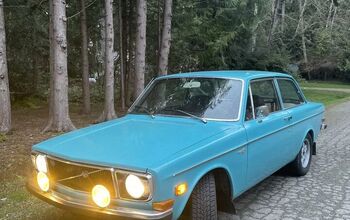
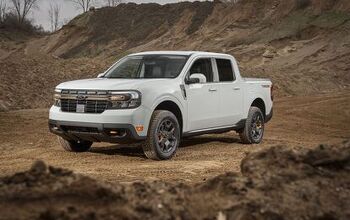
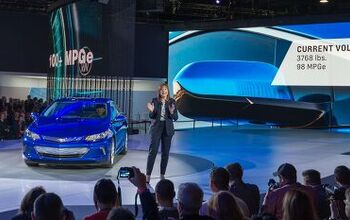


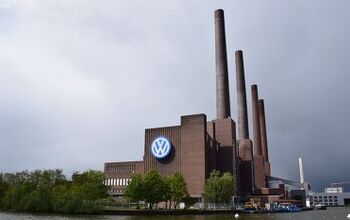
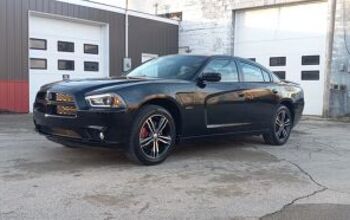
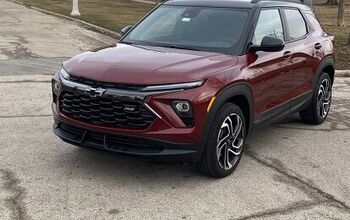
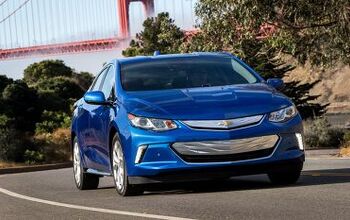

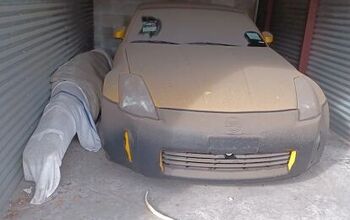


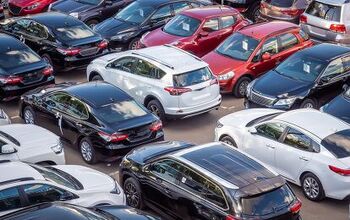
Comments
Join the conversation
They may survive by leasing some of their tech like sky-active to other companies struggling with CAFE (Chrysler perhaps?) The biggest consistent problem I see with Mazda in the U.S. is their dealership network, for every real stand-alone Mazda dealer there are three Mazda/Hyundai/Subaru "your import specialist" strip-mall hacks. Not the way to build brand image and value.
We bought a 2010 Mazda 3 for our daughter alomost 2 years ago. No problems to report and car looks/runs as good as new. We were lucky to have a great dealer nearby, that is a problem not faced by Toyota buyers I grant you, but, we have never had to go back for anything. I do the oil changes (much easier than my GTI) and nothing has broke, come loose, or malfunctioned.